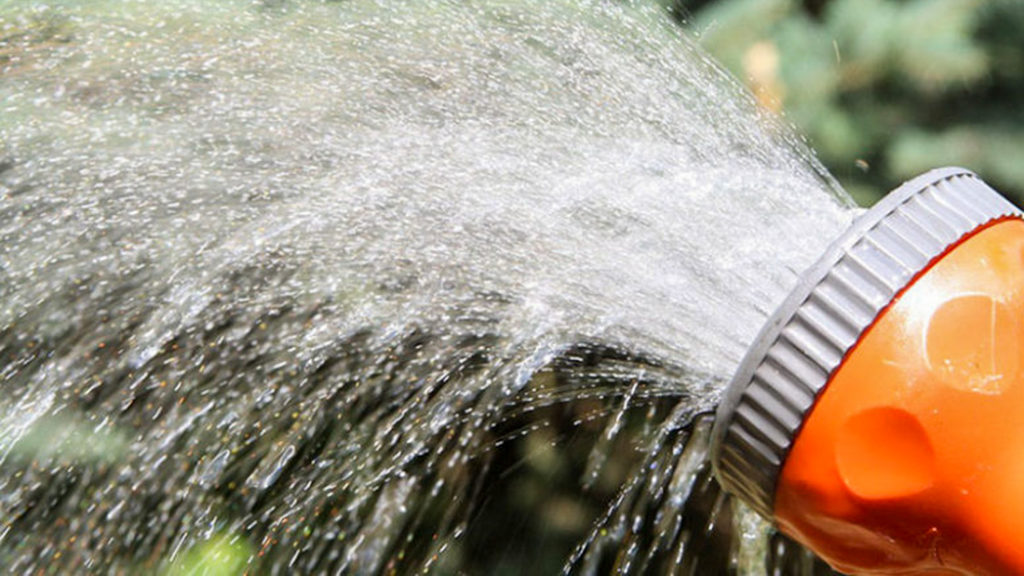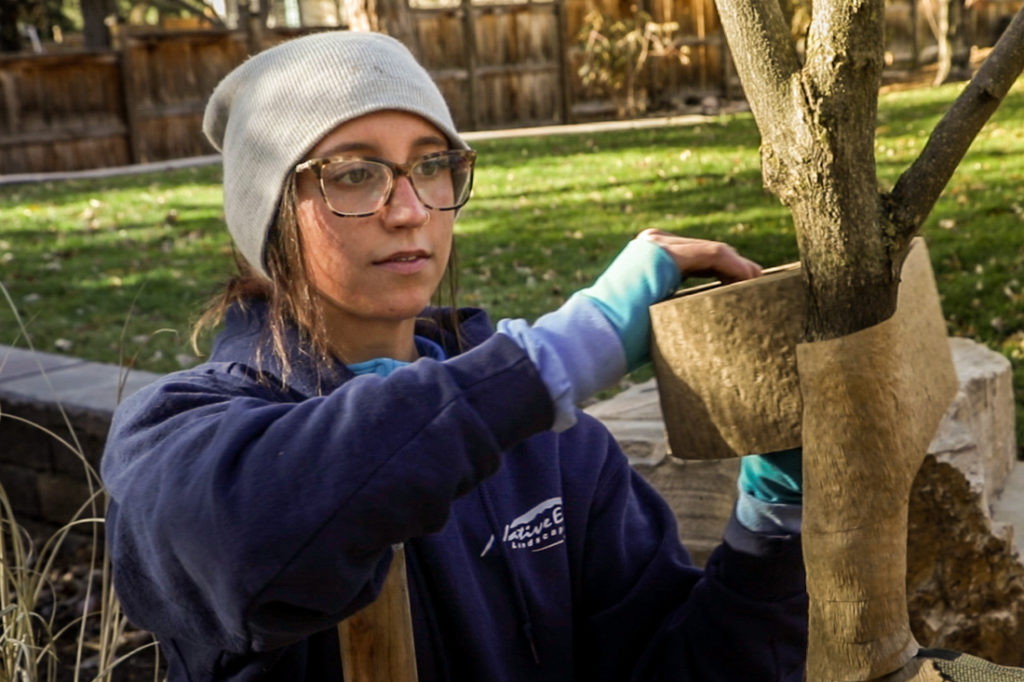Why Winter Watering Is Important
Why Winter Watering is Important and Best Practices.
Now is the time to start winter watering for your plants, trees, and turf. Without supplemental water, root systems may be damaged or die. Keeping the soil moist will prevent roots from drying out.
Conventional wisdom tells us that 12 inches of snow is equal to 1 inch of rain. However, the colder the temperature and the more powdery the snow, the less moisture impact the snow will have. In much of Colorado, the snowfall does not provide the needed moisture from October to mid-April to keep your trees, shrubs, and lawn healthy. For example, our recent snowfall of 6 inches only netted the equivalent of .23 inches of rainfall.
Affected plants can look normal but in the spring they will draw on stored food energy and may be weakened and all or parts may die later in the season. Weakened plants are also more susceptible to disease and insects. Keep in mind too that perennials and shrubs planted late in the season will need more watering than well-established plants.

Seven essential steps you need to take during the winter.
- Water – Only when the temperature is above 40 degrees Farenheight and no snow cover.
- New Shrubs – Apply 5 gallons 2x a month for a newly planted shrub over 3 feet tall, 1x a month for smaller shrubs.
- Established shrubs – Large shrubs (more than 6 feet) require 18 gallons a month, small shrubs (less than 3 feet) – 5 gallons a month
- Trees – Apply water to many locations under the dripline and beyond if possible. If using a deep-root fork or needle, insert no deeper than 8 inches into the soil. As a general rule, apply 10 gallons of water for each diameter inch of the tree. For example, a two-inch diameter tree needs 20 gallons per watering. Use a ruler to measure your tree’s diameter at 6 feet above ground level. Evergreens are particularly susceptible to winter dry-out.
- Lawn – Newly established lawns, whether seeded or sodded, are especially susceptible. Susceptibility increases for lawns with south or west exposures. Water your lawn 2x a month, weather permitting.
- Mulch – Shrubs and plants need to be mulched with at least 1 inch of mulch and no more than 3 inches. This will help retain the moisture to your plants, keep the roots warm and slowly breaks down into humus that will help feed your plants.
- Tree Wrap – To protect trees from fluctuating temperatures and sunscald, cover trunks with crepe paper tree wrap. Working from the bottom, wrap the trunk, overlapping layers by one-third. Stop wrapping just above the lowest branches. This is particularly important if you have a young tree or one with a thin bark like fruit trees, honeylocust, and ash. Sunscald occurs most often on trees planted on west or south sides of buildings.

At Native Edge Landscapes, we target our watering for about every two weeks depending on the weather. At the least, we water every 2-4 weeks.
We watch the weather so we can pinpoint the best time to water and how to water. We can hook up to your exterior spigots or bring our large water tank to assist with watering.
Contact Native Edge Landscape’s Landcare Department to assist
with your watering needs this winter or fill out our online contact form.
